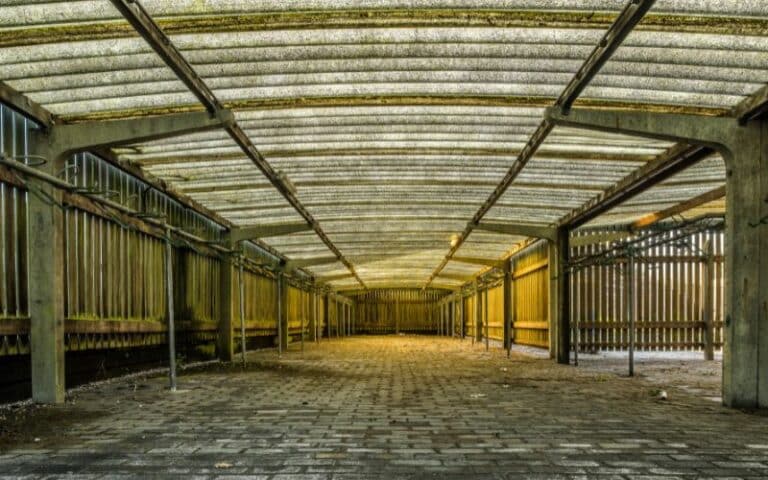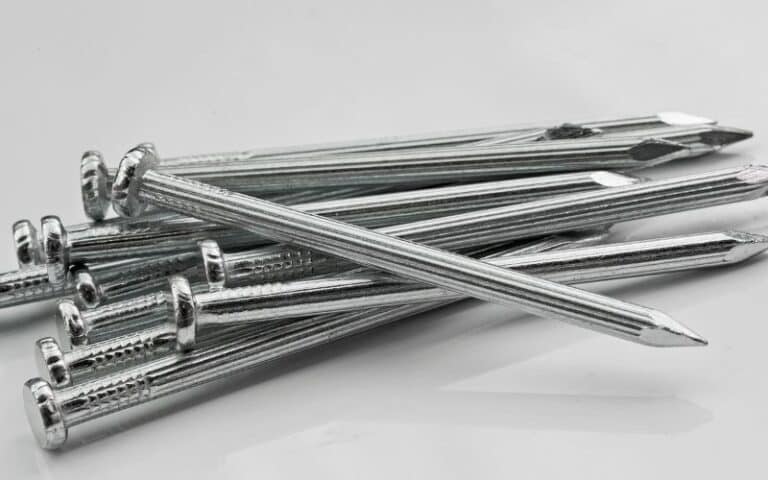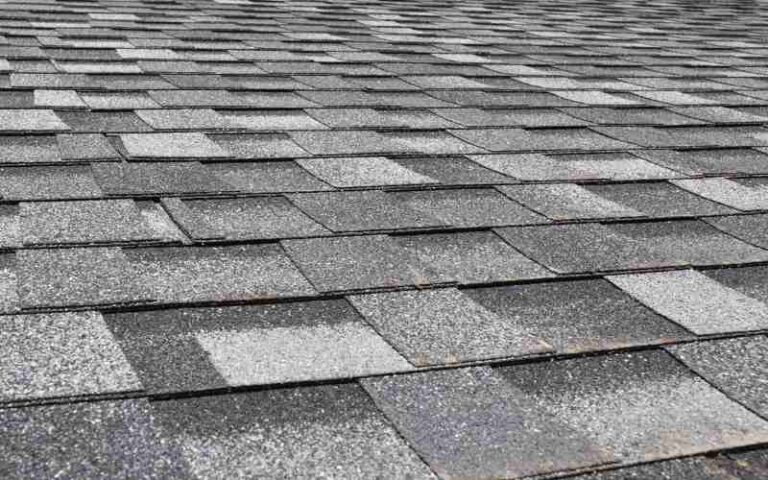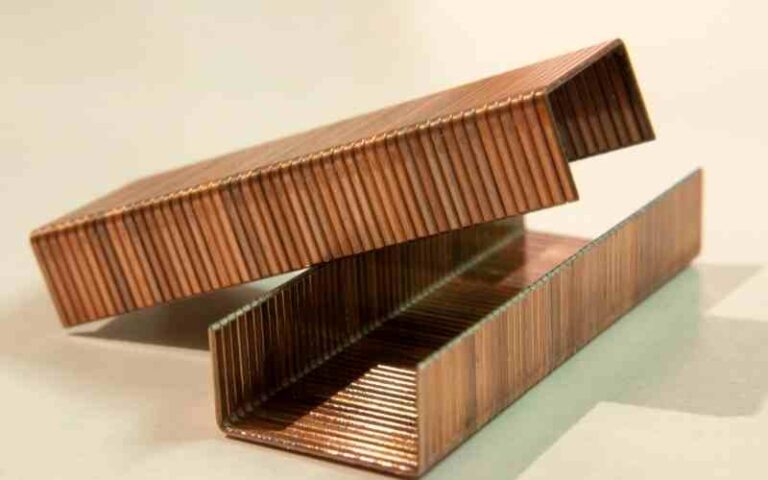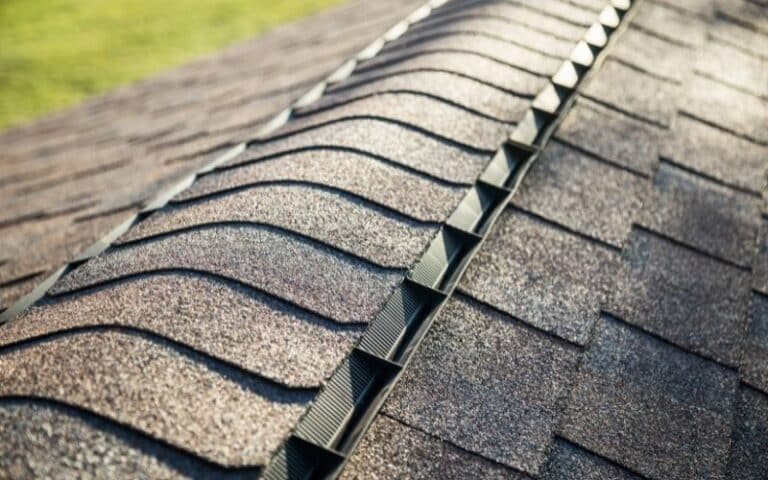The Exterior sheathing of houses is protected by a covering known as house wrap, which is either a fabric, paper, or board material.
Unfortunately, wind-driven rain is very hard on siding materials, so they are often deemed inadequate for protecting homes from water damage.
However, using staples to brace your house wraps is an excellent option.
Although water seeps behind the siding, the house wrap absorbs it and keeps it from entering the wall cavity.
In addition, using staples to brace your house wraps could better fasten and avoid this situation because it allows water vapor to be transferred from the covered building to the outside.
You can use staples on house wrap. It gives your apartment a good fitting for securing stacks and curling around. Although some opt-in for capped nails because they feel it fastens more than staples. However, as an expert, my verdict on this is based on personal preferences. Using staples on your house wrap installation is perfect.
Ready for a Roofing Quiz?
Can You Staple House Wrap?
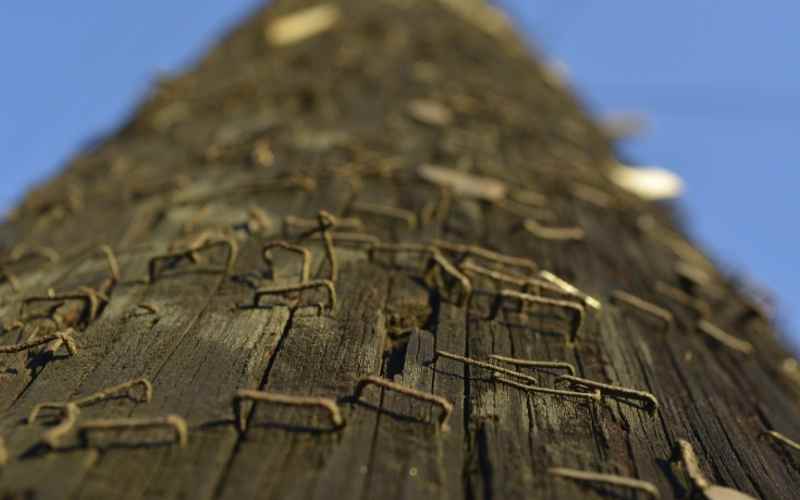
Yes, house wrap can be stapled. However, as mentioned earlier, most house wrap producers and clients insist on using cap nails or cap staples to attach their material.
Although this adjustment slows the workflow, house wrap is held to the wall by capped fasteners 25 times more effectively than staples.
Therefore, it’s best to use a cap stapler. If the attic isn’t conditioned, apply house wrap to the gables before adding the external trim.
What Do You Attach House Wraps With?
No matter what type of siding or attachment you use, house wrap is designed to be put over the sheathing and beneath the siding.
Manufacturers of siding and attachment materials can advocate specific water-resistant barriers for use with their products.
Underlayment for roof shingles, made of asphalt-impregnated “tar paper,” was employed initially as a water-resistant barrier.
However, Tyvek and other water-resistant plastic fabric barriers have become known as “house wrap” more recently.
There are varieties of materials you can attach house wraps with. For example, glue, staples, or tacks can connect to your house wrap.
The wrap manufacturer includes a fastening agent in the package in most cases. Even if the house wrap you have does not have this material, you can contact the manufacturer to request one.
If you can’t get in touch with them, you can either return the wrap for a quality house wrap that comes with a tape or call the store where you purchased it and ask them what to do. They can generally suggest an alternative.
What Size Staples Do You Use For Tyvek?
According to Tyvek, four staples can be used for every nine feet of house wrap when you tape them over and install the siding immediately.
You can use one crown staple for a more durable house wrap installation. Typically, a pneumatic stapler is required for this particular size staple.
You can use slap staples for the temporary house wrap installation, but no specific size is specified.
Useful Tips on Using Staples on House Wrap
If you’re like the majority of the population, you now know that a staple attached to a house wrap is mandatory and essential; all you need to know now is which one to purchase.
Nonetheless, consider these factors: cost, compatibility, and protection if you’re on your own. All these are things that matter when it comes to a home wrap.
Having as much knowledge as possible about a specific topic will always benefit you in the future. Here are a few pointers that may prove helpful to you:
#1. Utilize The Proper Equipment And Supplies
Make sure you use the suitable sealants and fastening methods for the Tyvek house wrap you’ve chosen to resist Tyvek weather barriers.
It can lead to a situation where you wind up with undesirable combinations.
Additionally, where you reside, your home’s temperature will play a role in the type of house wrap you choose. If you live in a cold region, your contractor may only put a vapor barrier on one side of your house.
A skilled contractor may also ensure that your home complies with local building requirements by installing house wraps and vapor barriers.
House covers that are improperly put might increase moisture and mold growth. Siding made of inappropriate materials can put your sheathing at risk, as it can add a moisture barrier that is placed horizontally.
These all have the potential to create leaks. Hiring a contractor knowledgeable about water-resistant barriers is essential when installing a house wrap.
#2. Avoid The Usage of Chemicals
Avoid chemical cleaners when putting up or taking down the house wrap. Chemicals can degrade the substance and render it useless.
Instead, you should use soap and water to clean the wrap if something gets on it during use.
#3. Expand The Drainage System
You can manage additional water beneath the barrier by installing a drainage system. You don’t want to rely on chance to determine where the water travels.
Although drainage systems are integrated into buildings, some builders feel that leaks, rather than diffusion, account for the bulk of a home’s drainage needs.
If your current drainage system isn’t functioning correctly, you risk making your home “too tight.”
According to some building experts, buildings need to be able to “breathe” to function correctly, and this expansion might be hampered if fractures and crevices are sealed too tightly.
#4. Establish a Spending Plan
Certain materials cost a lot more than others. So be confident that whoever is assisting you in selecting a house wrap is aware of this, even if it’s you! Unless you have no other choice, stick to your budget.
#5. Slash Your Expenses
Preventing water damage with a decent house wrap may save you a lot of money in the long run.
Using staples on your house wrap is a lot less expensive than repairing water damage, which might be impossible to fix in some cases.
Conclusion
After consulting with your contractor, it is up to you to decide whether or not to place house wrap under your siding. For those who need aid with their Tyvek weather barrier and insulation, plenty of specialists can help.
That way, the interior and exterior of your property will look better.

